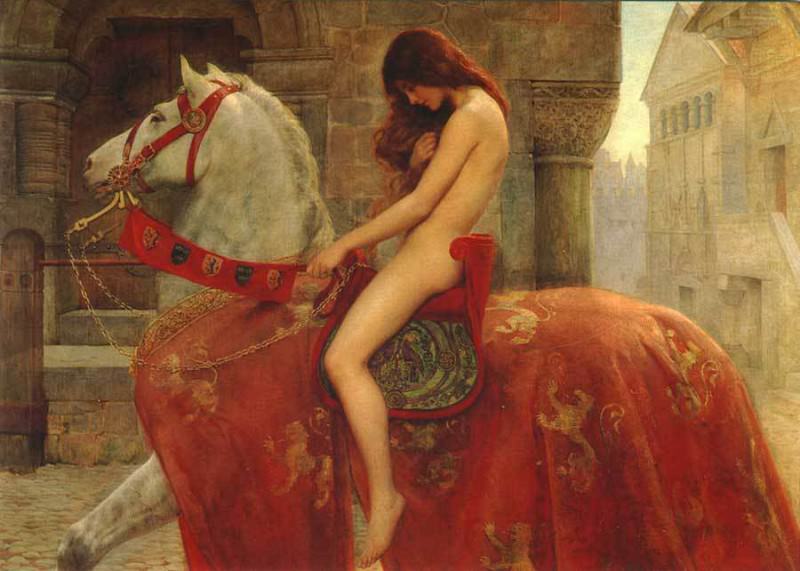Barbara Kruger: The Art of Provocation and Power
Barbara Kruger is a name synonymous with provocative art that challenges societal norms and power structures. Born on January 26, 1945, in Newark, New Jersey, Kruger has carved a niche for herself in the contemporary art world with her bold and confrontational works. Her art, which primarily features black-and-white photographs overlaid with declarative captions in white-on-red Futura Bold Oblique or Helvetica Ultra Condensed type, delves into themes of consumerism, feminism, and identity. This article explores the multifaceted dimensions of Kruger's art, its evolution, and its impact on society.
The Early Years: Formative Influences
Kruger's early life in Newark, marked by a traditional middle-class upbringing, laid the groundwork for her future artistic endeavors. She attended Syracuse University for a year before moving to New York to study at Parsons School of Design. Here, she was mentored by legendary photographers such as Diane Arbus and Marvin Israel, whose influence is evident in her later works. Kruger began her career as a graphic designer and art director for magazines like Mademoiselle, which honed her skills in typography and visual communication.
Transition to Fine Art
In the late 1970s, Kruger transitioned from commercial design to fine art. Her background in magazine design heavily influenced her artistic style, characterized by the juxtaposition of text and image. Her early works were collages made from found images and text, which she used to critique the pervasive consumer culture and the commodification of women in advertising. This period was crucial in defining Kruger’s unique voice in the art world, as she began to explore themes of power, identity, and social constructs.
Iconic Works and Themes
Kruger's art is instantly recognizable for its stark visual style and biting textual commentary. One of her most famous pieces, Your Body is a Battleground (1989), features a black-and-white photograph of a woman's face bisected into positive and negative halves, overlaid with the titular phrase in bold white-on-red text. Created for the Women’s March on Washington, this piece highlights the ongoing struggle for women's rights and bodily autonomy. The use of stark imagery and assertive text serves to confront viewers and provoke introspection about societal norms and power dynamics.
Feminism and Social Critique
Feminism is a central theme in Kruger's work. Her art frequently addresses the ways in which media and popular culture shape perceptions of gender and identity. By appropriating the visual language of advertising, Kruger critiques the objectification and commodification of women. In works like I Shop Therefore I Am (1987), she exposes the consumerist culture that equates personal identity with material possessions. Kruger’s art encourages viewers to question and resist the societal pressures that dictate their behavior and self-worth.
Power and Authority
Kruger’s exploration of power dynamics extends beyond gender to encompass broader societal structures. Her works often challenge authority and critique the mechanisms of control and domination in society. In pieces like Untitled (We Don’t Need Another Hero) (1986), Kruger uses text and imagery to question the narratives of heroism and power propagated by the media and political systems. Her art serves as a form of resistance against the status quo, urging viewers to recognize and dismantle oppressive structures.
The Role of Text in Kruger’s Art
Text is not merely an element of Kruger’s art; it is central to its meaning and impact. Her use of bold, declarative statements forces viewers to engage with the content on a cognitive level. The text often poses questions or makes statements that challenge accepted beliefs and provoke critical thinking. In works like Untitled (Your Gaze Hits the Side of My Face) (1981), Kruger addresses the male gaze and the objectification of women, compelling viewers to confront their own complicity in perpetuating these dynamics.
Public Art and Installations
In addition to her gallery works, Kruger has created numerous public art installations that bring her provocative messages to a wider audience. These installations, often placed in urban environments, serve to disrupt the everyday experience and prompt public discourse. One notable example is her installation at the Hirshhorn Museum in Washington, D.C., where she covered the museum’s facade with the phrase Belief + Doubt = Sanity. By placing her art in public spaces, Kruger democratizes access to her work and ensures that her messages reach a diverse audience.
Digital Age and Contemporary Relevance
Kruger’s work remains relevant in the digital age, as her themes of media influence and consumerism are more pertinent than ever. The proliferation of social media and digital advertising has amplified the issues she addresses, making her critiques even more urgent. Kruger has adapted to the digital landscape by creating video installations and digital prints that engage with contemporary media culture. Her work continues to resonate with new generations, who find her commentary on power and identity as incisive as ever.
Influence and Legacy
Barbara Kruger’s influence extends beyond the art world. Her work has inspired activists, designers, and writers who share her commitment to social justice and critical inquiry. Kruger’s ability to blend visual art with social critique has made her a seminal figure in contemporary art, and her legacy is evident in the work of countless artists who have followed in her footsteps. Her bold, unapologetic style and her dedication to challenging societal norms ensure that her work will remain a touchstone for future generations.
Conclusion: The Enduring Power of Kruger’s Art
Barbara Kruger’s art is a powerful tool for social critique and self-reflection. Her ability to distill complex issues into stark, impactful visuals and text has made her one of the most important artists of our time. Through her work, Kruger compels us to question the structures of power that shape our lives and to recognize our own agency in challenging these forces. As we navigate an increasingly complex and media-saturated world, Kruger’s art serves as a reminder of the importance of critical thinking and the enduring power of resistance.

















